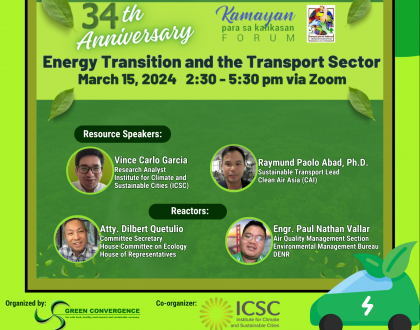Mangrove Rehabilitation
Mangroves provide ecosystem services that are valued from $14,166 to $16,142 per hectare per year. These services include raw materials and food, coastal protection, erosion control, maintenance of fisheries and carbon sequestration. The present mangroves to ponds ratio is 1:1 lower than the ideal 4:1 ratio because of the massive
mangrove conversion in the country.
There is a need for mangrove rehabilitation. However, though massive mangroves planting are being conducted, it is being done in the wrong sites (seafront planting) and wrong species (Rhizophora spp.) is being used. Mangrove planting should not be done in seagrass beds and the right species such as Avicennia marina and Sonneratia alba should be used. Several departmental orders and laws were issued and enacted to revert abandoned or underutilized ponds to mangroves; to stop further conversion of mangroves into ponds; and to expand mangrove belts (100 meters along shorelines and 50 meters along riverbanks) in storm surge or typhoon areas. Various handbooks and manuals on mangroves have been likewise produced.
After Typhoon Yolanda, the Philippines vowed to plant more mangroves. The Department of Environment and Natural Resources (DENR) planned to replant 380 kilometers of coastline or equal to 1,900 hectares of mangrove and beach forest. But like all reforestation activities, indigenous species should be used, not exotic species.
Recommended Posts

Energy Transition and the Transport Sector
March 15, 2024

As Farmers See It: Challenges in Agriculture
February 16, 2024

